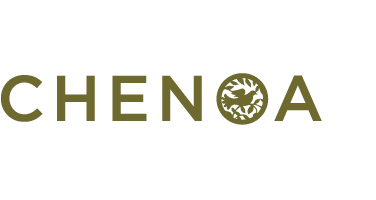
08 Aug Symbiosis vs. Exploitation
Lily discusses the contrast between the symbiosis of non-human animals, humans and the natural world on display at Chenoa, versus the exploitative relationships rampant at circuses and other animal tourism destinations.
Since beginning my internship at Chenoa Manor, I have come to develop a new appreciation and understanding of the natural occurrences of symbiosis in this world. Luckily, I have been able to witness the beauty of a symbiotic relationship. Whether it regards the partnership between a human and a copious crop, or the alliance between a rhinoceros and an oxpecker. This mutual bond between two organisms harmonizes our perpetual drive for competition and proves that countless of the world’s most keen interactions are built off of a foundation of affection and care for one another.
Unfortunately, while discovering the abundance of beauty within the social connections of organisms, I have also realized ecological relationships infused with exploitation and egomania. Most prominently, the overwhelmingly common relationship between humans and animals. Fortunately at Chenoa, I have the profound privilege of being able to interact with exotic and unique species, amongst their own will. We are able to mutually coexist with these priorly mistreated creatures, in a humane and benign manner. Furthermore, I am extremely lucky and fortunate to have had the ability to closely socialize with an exotic cockatoo, and I am positive many other people can assimilate to my eagerness and excitement.
Yet our thrilling fascination with the beauty of an exotic creature has often left us blind to the hardships these species must hurdle, in order to supply for our covetous demands. In the moment, taking a photo with a tiger or parrot may seem like the perfect opportunity to capture a moment of your travels. Maybe a trip to the local circus attraction could be a great introduction to a foreign culture. But in Hindsight, the animal tourism industry is rooted in ethically reprehensible practices that are concealed from the public eye. In order to entertain and amuse their travelers, circus masters have stripped animals from their natural habitat, and have enforced appalling living conditions upon them. So even though the selected species may be captive-bred, it would require nearly 1,000 years for the animals to convert to domestication. Evidently leading to no moral justification for the actions that animal circuses display.
Furthermore, many recent investigations of animal cruelty within photography-related animal tourism have been released. In order to implement a docile nature within the animals, the creatures undergo physically unnatural manipulations. Adult tigers are declawed and drugged, so they are more suitable to be handled by people. Baby elephants in Thailand undergo a process called Phajaan, where they become emotionally crushed and confined, in order to make them submissive to humans. The animal tourism industry has exploited our privilege to coexistence and humane relationships with other species.
Fortunately, as more mistreatment discoveries are publicized, animal lovers across the globe can gain the power to promote the preservation of these creatures, and which organizations hold a solely parasitic relationship with their animals. I am beyond elated to have gained such meaningful and distinctive relationships with the animals at Chenoa, and it truly is a blessing to be able to have developed those relationships in a purely ethical and mutualistic way.

